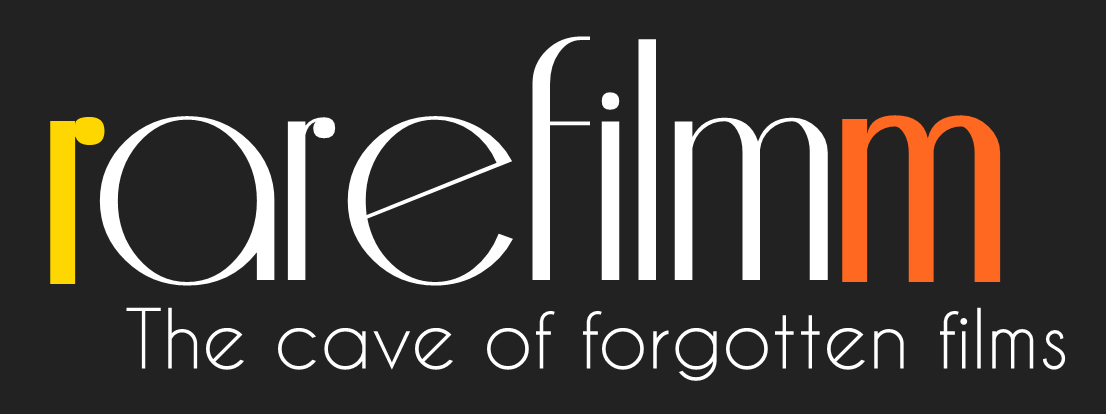This is the definitive visual record of the rise and fall of Joseph Désiré Mobutu, ruler of Zaire (the Congo) for over 30 years. Drawing upon 140 hours of rare archival material found in Kinshasa, and 50 hours of interviews with those once close to him, Mobutu, King of Zaire tells the story of the man at the heart of Central Africa’s post-colonial history.
Director: Thierry Michel. AKA Mobutu, King of Zaire
Writers: Thierry Michel, Lye Mudaba.
Part One – The Quest for Power
Covering the years from Mobutu’s birth until 1969, Part One documents his journey from cook’s son, to military journalist, to Secretary of State, and then President. The film shows Mobutu as a young journalist at the World’s Fair in Brussels in 1958, and meeting Patrice Lumumba during negotiations for the Congo’s independence in 1960.
In an interview, Larry Devlin, the CIA Station Chief at the time, tells how even in the early stages of independence, Mobutu was seen as a possible replacement for his sponsor Patrice Lumumba. Devlin describes receiving the order to eliminate Lumumba, and the film includes footage of Mobutu’s coup in 1965, of Lumumba in captivity with Mobutu looking on, and of the ensuing four-year civil war.
⇒ DOWNLOAD PART 1 ⇐
Part Two – The Upper Hand
Covering the years from 1969 to 1988, Part Two documents how by 1970 Mobutu was the undisputed ruler of Zaire, controlling its riches, property and people. Resistance was brutally repressed, as shown in footage of a University protest that ends in bloodshed, and other sequences of trials and executions of supposed traitors.
This period brought an economic crisis, which Mobutu responded to with “Zaireinization.” Brandon Grove, the U.S. Ambassador at the time, sees this as the beginning of the “kleptocracy” — the government confiscated businesses and properties, which Mobutu took as his own, or handed out to his cronies.
⇒ DOWNLOAD PART 2 ⇐
Part Three – The End of a Reign
As the Cold War ended, Mobutu partied on the Mediterranean Coast with French and Belgian officials, prominent Americans and other dignitaries. Covering the years from 1988 to 1997, Part Three includes footage of these lavish affairs, even as close friend Nicolai Ceausescu is being tried and executed. A warning Mobutu did not heed.
Despite U.S. President George Bush’s assertions, again captured on film, that Mobutu was “our most valued friend in Africa,” with the Cold War over he felt increasing pressure from the West to pay his own way (and open the political process to opposition).
The film documents the emergence of an opposition movement in Kinshasa led by Etienne Tshisekedi, the development of the National Conference from 1990 to 1992, and the rebellion led by Laurent Desire Kabila in 1996. In May, 1997 Kabila, Mobutu, and South Africa’s President Nelson Mandela met in Kinshasa, within weeks Kabila took the city, Mobutu fled, and he died in exile in September of that year. The film uses the best contemporary documentary material of all of these events.

Be First to Comment